Can you imagine waking up without birdsong?
Not just for a season but for a lifetime? That just might become our new reality if we don’t do something. The world, it seems, is losing its birds. In Europe, scientists reported that 421 million birds were lost over the span of three decades. North America is fairing far worse. We’ve lost 3 billion birds in the last 50 years. Even the number of birds migrating has dropped by 14 per cent in the last 10 years.
Who could we lose?
Our Grassland Birds
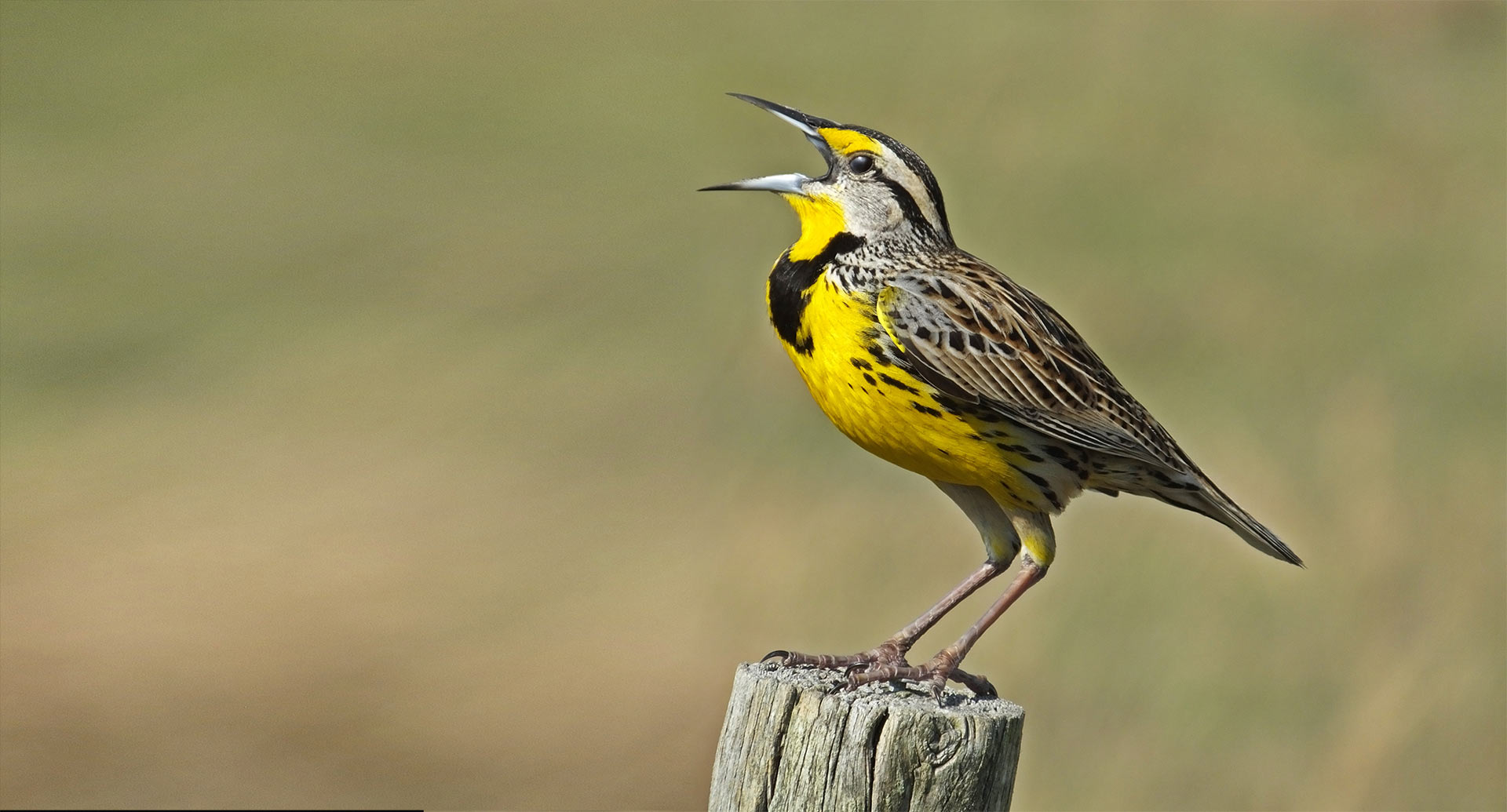
The grassland bird populations have dropped by 53 per cent. It’s a hard pill to swallow considering grassland bird survival mostly relies on the good-hearted nature of farmers and ranchers to survive. When hedgerow, borders and trees are wiped out to make room for more agricultural land, we lose these important birds.
Our Woodland Birds
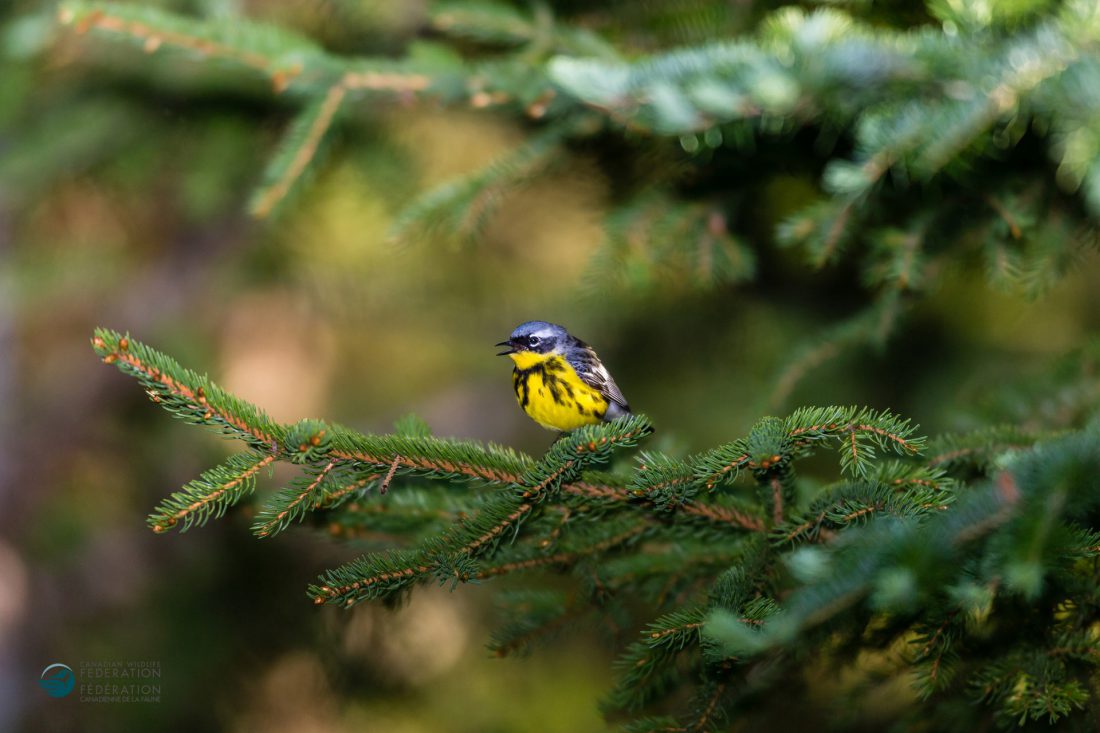
Our forest birds are suffering too. We’ve lost 17 per cent of our eastern forest birds, 29 per cent of our western forest birds and a staggering 33 per cent of our boreal forest birds. On the whole, our forests have witnessed 1 billion birds lost to human impact. According to researchers at the Oregon State University, forest degradation is one of the main culprits. When we clearcut forested areas we lose a lot of older forests, and our birds don’t always bounce back from that loss – even when new trees are planted. Old growth forests remain incredibly important habitat to our woodland birds.
Learn what CWF is doing to help our grassland and woodland birds here.
Our Backyard Birds
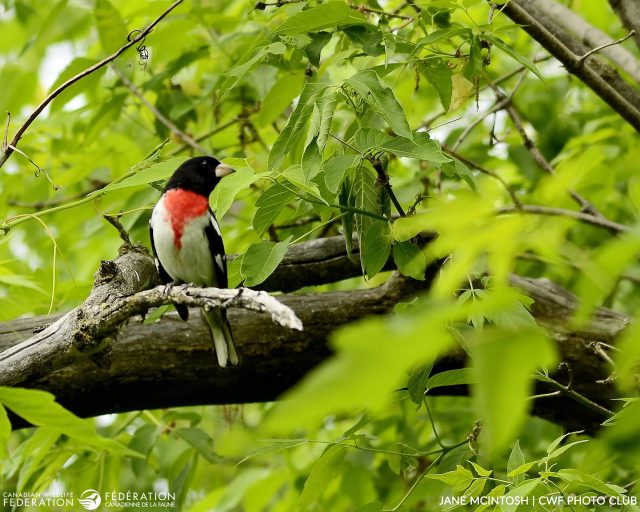
Your backyard birdfeeder might be looking a little less busy than usual and that’s for good reason. We’re losing our backyard birds at an alarming rate. Perhaps the hardest hit? Our sparrows. From the Eastern Towhee to the Song Sparrow, we’ve lost an alarming 862 million sparrows from our landscape. Next, the warblers are declining in number too. From the Wilson’s Warbler to the Canada Warbler, we’ve lost 618 million to date. Next, the blackbird family, like the Bobolink and the Red-winged Blackbird, have lost 439 million in number. Finches are not far behind with 145 million lost.
Learn what CWF is doing to help our backyard birds here.
These numbers are not meant to make you feel defeated. In fact, there are other birds that are bouncing back in a really hopeful way all due to conservation efforts! Our raptors, for example, have increased in numbers by 200 per cent!

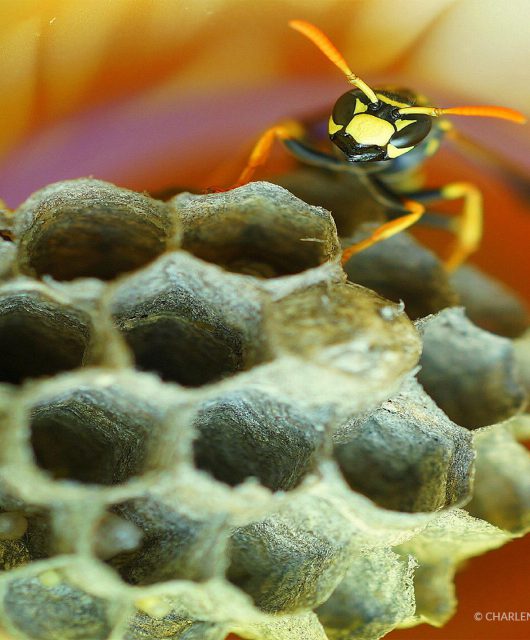
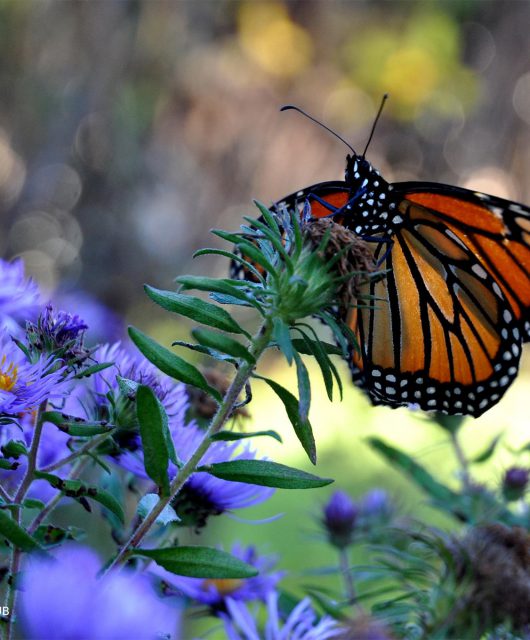
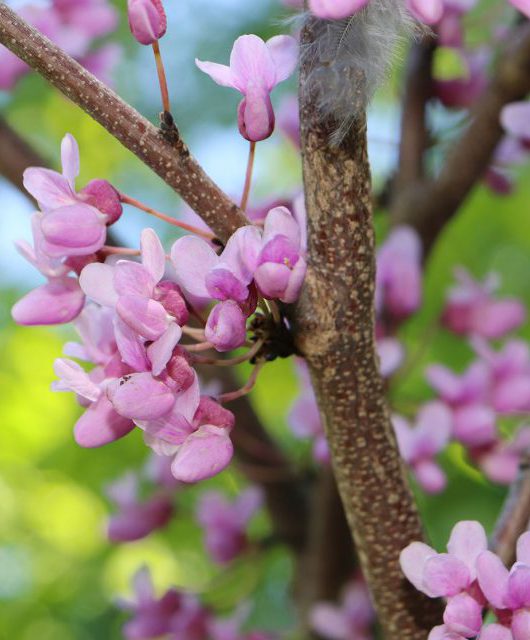
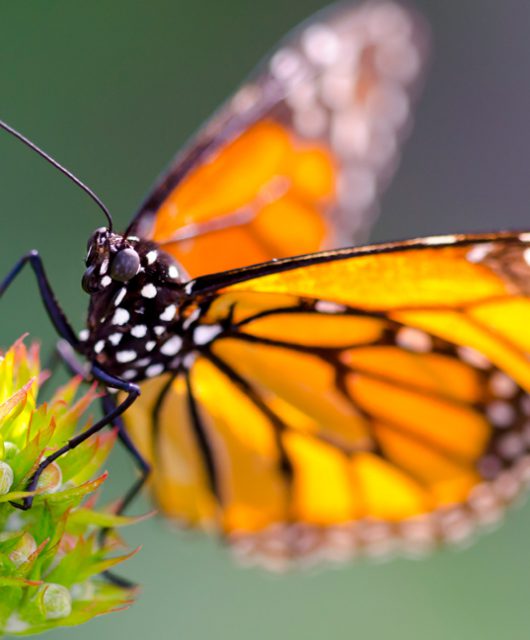
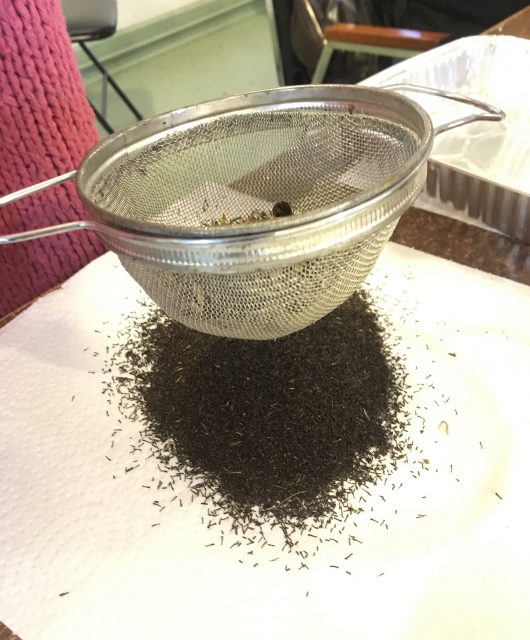
12 comments
Those figures are amazing and my family has noticed a decline in our winter birds but we have lots of the two types of sparrows. This is in northern Alberta
This is terrible news. We used to see many sparrows but we rarely see any now. How much of this loss is also due to cats? We feed the birds and plant shrubs with berries that they like and to provide them with shelter. What else can we do to help?
I’ve been trying to get local government to license cats. They seem completely uninterested. There were three cats in my backyard last night and I’m pretty fed up with them going after the local birds.
Not only is the loss of the birds due to loss of habitat but the weather I am sure plays a large roll in their demise. We had no Song Sparrows this year. I am talking about the White Throated Sparrow. We usually have quite a few but their song was absent this summer. Sad state of affairs. As far as cats go, all one needs to do is put a loud small bell on it’s collar and no birds will be caught. I know this as I also have one cat that loves to chase birds and no birds are caught as long as the bell is on it’s collar. She lost one collar but I put another one on right away and no birds were caught.
Billions and billions of birds. Can even the majority of these of these losses be blamed on cats?
I feel humans need to look how they are poisoning the air, the water, and the land. Also, the loss of habitat is on a nightmarish scale
I have 2 cats and most domesticated cats are fed so well, they are not hunters. I had a beautiful nest of house finches and it was attacked by both a crow and a magpie. Heartbreaking. My robin that has had a nest in my yard for years, came back this year only to leave due to all the magpies and crows. I did not see but one Robin this year. I love to hear them sing and miss them a lot. We are inundated with magpies and crows. They just kill everything. Never seen so many crows in the city. I believe that we are taking over their countryside with development. I really miss the songbirds a lot.
Dear CWF,
Your article is fascinating as well as stirring! I’m an animal rights activist. The devastation to the animal world and nature is appalling to say the least. Hoping to find more of your articles – and often. Please continue your educational and inspiring work!
Sincerely,
Vicki M. Edwards
What is needed for analyzing this sort of trend is more extensive data on cumulative impacts from multiple changing factors.
Even for humans,there is the accumulation of various chemicals in sublethal quantities that when combined weaken an organism’s vitality enough that they become more susceptible to pathogens or less capable at basic functions.
That is significant in such a way that a miniscule effect for any given individual over the course of a single day becomes noticeable when repeated throughout all of the days of that creature’s lifespan (which is typically shortened); and when multiplied for all members of a species that difference becomeas critical.
In the case of songbirds, there is also the impact of widespread use of insecticides reducing the amount of food available to them, with what remains being more likely to carry a load of poison that can bioaccumulate in predating species; to the effect described above.
There are shockingly few monitoring programs for soil ecology, where the fundamental ecosystems that provide for all more complex lifeforms are being impacted by all sorts of run off from industrial and agricultural sources.
The effects of our lights in population centers and on roadways should not be discounted; they can and do negatively affect insects that are traditionally oriented towards lunar cycles for their life processes.
None of the increasing problems emerging from our stewardship of this planet’s biosphere happens in isolation, and tackling single issues as if they were occuring insolation is simply bandaging someone while they are engaged in crawling through a mass of barbed wire; it slows the process but not the aggregate damage.
Either the crawling has to be halted, or the barbed wire needs to be cut.
Other than that, the closing poi t about the increase in raptor populations is unfortunate, because it begs the question of how that increase would impact songbird populations.
Main driver of bird loss: human population growth, which leads to urban sprawl, expanding agriculture and intensified resource extraction — hence, loss of wildlands. More humans also means, among other things, more cats ownership.
The only long-term solution is to cap human population growth. How will that ever happen, so long as our culture and governments are addicted to economic growth? Constant economic growth depends on constant population growth.
Ideally, every country would impose a sustainable cap on its population growth. But because human birth rates always decline in tandem with socio-economic develoment, there can be no demographic statis without immigration. So, if every country in the world put a cap on its population growth, immigration would eventually dry up. Ergo, the end of economic growth — are we ready for that? That is the price of saving the world’s wildlife and wildlands. I think we have no choice but to start envisioning a world of Zero Growth.
It’s heart wrenching to hear such stats. But I’m glad you and other put them out there. We put out bird feeders, keeping them clean. I hope there is no negative effect with responsible bird feeding. Urban sprawl I feel is our worst enemy due to human greed and selfishness. I wish I could see an end to this but I surely don’t.
It’s untrue that well-fed cats don’t kill birds; i.e. they do it for sport, not food! More Vets are recommending cats be kept indoors as they kill millions of birds every year. All the cats I’ve had over the years have been indoor cats and are very happy that way. As far as outdoor cats wearing a bell on their collar….that does not work as they cleverly learn how to move without the bell ringing.
I have an in door cat that is only out in the yard when I am out gardening and trained when I first rescued her to leave the birds alone especially the ground feeders like the Robins.
I put my seed feeders in a high box that I attached to my garage, about 5 1/2 feet up, much to high for any animal to get to. The suet is hung very high in tense bushes that won’t hold a cats weight.
Have a lot of birds each year as I feed suet, seeds and water during the winter months,.
Have to be after the magpies and crows though as they have become a real nuisance.